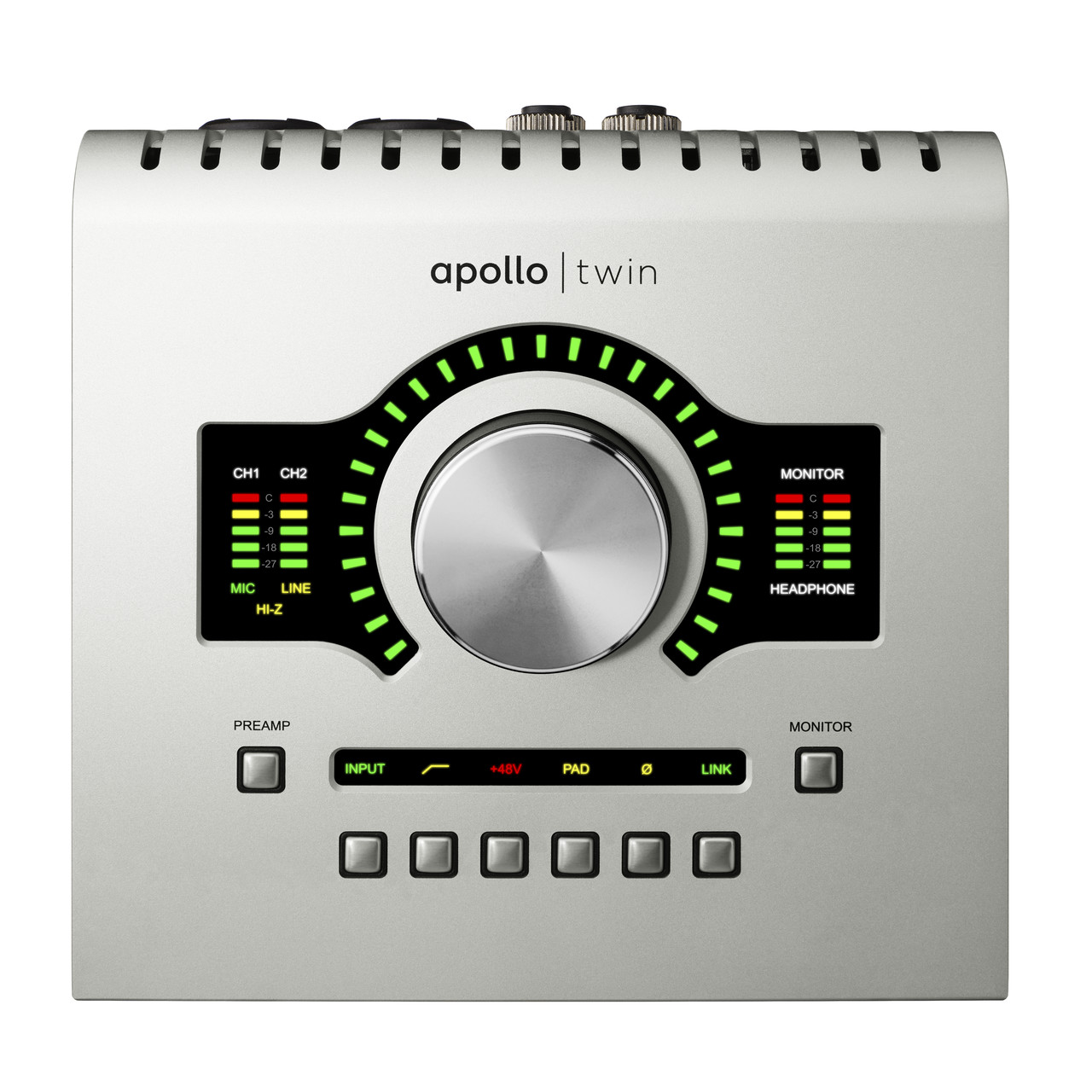 Universal Audio’s rack-mountable Apollo audio interface was an hit upon its 2012 release. Its stellar preamps, lucid design, and innovative software were perfect fits for project studios requiring great-sounding components and flexible operation, but not a vast number of preamps. (The original Apollo has four, plus additional analog and digital line inputs.)
Universal Audio’s rack-mountable Apollo audio interface was an hit upon its 2012 release. Its stellar preamps, lucid design, and innovative software were perfect fits for project studios requiring great-sounding components and flexible operation, but not a vast number of preamps. (The original Apollo has four, plus additional analog and digital line inputs.)
I was an early adopter—Apollo replaced two more cumbersome systems in my home studio. Two years later I have nothing but praise for the device. My only beef: I wanted a smaller version for mobile work.
Now it’s here. The Apollo Twin is a 6"x6"x2" tabletop unit offering many of its big brother’s best features in a gig-friendly format. It’s a remarkable tool for the digital guitarist, though it requires a recent-model Mac with a Thunderbolt port running OS 10.8 or higher, plus a DAW. (UA currently supports Logic Pro, Pro Tools, Cubase, and Live.) There is no PC-compatible version.
Model Interface
The Apollo line offers more than great-sounding A/D/A conversion. It’s also a host for Universal Audio’s plug-ins, allowing you to run more plug-ins than your computer could otherwise handle. Such “assisted” hosting is increasingly unnecessary given today’s faster computers, but Universal Audio’s plug-ins are among the best in the industry. For many users, access to them is a major motive for using Apollo, especially since UA’s plug-ins only run on systems incorporating UA hardware.
The Twin comes in two versions: a dual-processor model that streets for $899 (reviewed here), and a $699 single-processor version. The larger version has twice the processing power, but beyond that, the models are identical. At risk of oversimplifying, I’d guess that the single-processor model is adequate for digital guitar gigs, but that you’d want the larger one for mixing multitrack sessions. See the usage charts on the UA website to determine which version best suits your processor needs.
With its rugged metal enclosure and quality connectors, the Twin is one of the few small-format interfaces that truly seems suited to the physical demands of the job.
UA specializes in officially licensed software versions of classic analog gear, forging deals to create software replicas of many popular studio components, including preamps, EQs, compressors, reverbs, tape simulations, effects, channel strips, and more. Their sound quality is remarkable—UA sets something of a gold standard for modeled effects. However, only a handful of plug-ins is included with an Apollo purchase, and a complete collection would cost many thousands of dollars. (All plug-ins are available for audition as fully functional, but time-limited, demos.)
Another Apollo innovation is the Console app, a virtual mixing board that not only lets you control Apollo hardware from your desktop, but also insert UA plug-ins on input channels upstream from your DAW. With its ultra-low latency, Console can duplicate the effect of recording via hardware preamps and compressors—an impressive feat. (Console only hosts plug-ins created specifically for the UA platform. Meanwhile, UA effects also appear as AU, VST, RTAS, and/or AAX plug-ins within your DAW alongside your other plug-ins.)
The Ins and Outs
The Twin records at 24 bits at sample rates up to 192 kHz. It has two input channels, switchable between mic, line, and instrument level, plus the option of eight more digital inputs via optical cable. There are three sets of stereo outs: main, monitor, and headphone. You enter most values via a single large knob. There’s phantom power as needed.
The sound quality is… well, identical to that of the larger Apollo, since the Twin uses the same preamps and SHARC processors. To my sub-golden ears, the studio results are as good as or better than from any convertors I’ve owned.
The difference with my mobile laptop rig is more dramatic. I’m one of those foolhardy souls who performs live on guitar via laptop, and the Twin blows away anything I’ve used in both sound and build quality. Mind you, I’m generally amazed that under-$200 interfaces sound as decent as they do, but the Twin delivers more depth and detail than any budget model I’ve tried.
It can be hard to describe exactly how one audio interface sounds better than another—it’s not as if the cheaper ones lack highs or lows, or demonstrate obvious distortion. But with a better interface, there’s more sense of solidity. There’s just more there there.
Not Built to Break
Far too many mobile interfaces are—let’s be blunt—cheap plastic pieces of crap. I’m embarrassed to confess how many I’ve destroyed through clumsy footsteps or hurried packing. (Hint: more than I can count on one hand.) And thank goodness, the Twin doesn’t have one of those horrid octopus-style breakout cables (though it does require the included 12-volt external power supply). With its rugged metal enclosure and quality connectors, the Twin is one of the few small-format interfaces that truly seems suited to the physical demands of the job.
I’ve used the review model Twin for my last few live laptop gigs, connecting through the interface to a MacBook Pro running Apple’s MainStage software, and then back out through the Twin to a Boomerang III looper en route to a pair of Fishman LoudBoxes. My tones have more impact and a greater sense of headroom—they simply feel bigger. And it’s reassuring to have an interface on my pedalboard that seems less likely to disintegrate.
Almost Analog
The Analog Classic plug-in bundle included with the Twin is modest: You get legacy editions of UA’s 1176 and LA-2A compressors, not the latest versions. There’s an underwhelming light version of Softube’s Amp Room, plus a channel strip and a reverb plug-in that are both a decade past their sell-by dates. However, the included 610-B Tube Preamp adds fine analog burn to any track—it’s perfect for inserting on a Console input channel as described above.
There’s not nearly enough room here to cover all the plug-ins UA sells separately, though I can’t resist calling out a few addictive favorites: The EMT plates are astonishingly deep and detailed recreations of those classic hardware reverbs. The simulated tape machines—a Studer multitrack and an Ampex mastering 2-track—add warmth and character to anything you run through them. You can hear those simulated devices on the audio examples included in the online version of this review.
The Verdict
The Apollo Twin is a compact audio interface and plug-in host boasting remarkable sound quality and smartly streamlined features. Paired with a recent-model Mac, it’s powerful enough to anchor a busy project studio, yet compact enough to pop into your gig bag for mobile work. The bundled plug-in collection is modest, but I’d still recommend the Twin even if came with no plug-ins. It earns top marks for audio quality, workmanship, and its many useful and innovative features.
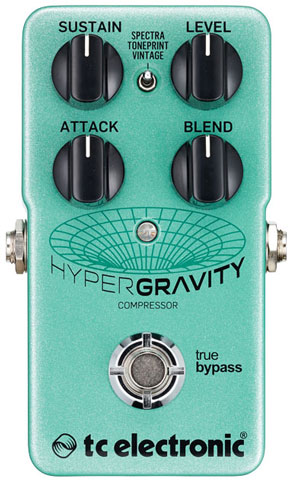 Leave it to TC Electronic to deliver an affordable pedal compressor with a twist. For the new Tone Print-enabled HyperGravity, they’ve borrowed the algorithm from their System 6000 studio multiband compressor. The results often sound quite unlike any other stomp comp.
Leave it to TC Electronic to deliver an affordable pedal compressor with a twist. For the new Tone Print-enabled HyperGravity, they’ve borrowed the algorithm from their System 6000 studio multiband compressor. The results often sound quite unlike any other stomp comp.
 Universal Audio’s rack-mountable Apollo audio interface was an hit upon its 2012 release. Its stellar preamps, lucid design, and innovative software were perfect fits for project studios requiring great-sounding components and flexible operation, but not a vast number of preamps. (The original Apollo has four, plus additional analog and digital line inputs.)
Universal Audio’s rack-mountable Apollo audio interface was an hit upon its 2012 release. Its stellar preamps, lucid design, and innovative software were perfect fits for project studios requiring great-sounding components and flexible operation, but not a vast number of preamps. (The original Apollo has four, plus additional analog and digital line inputs.)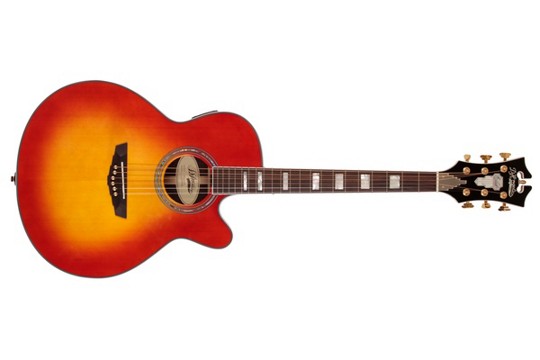 At last winter’s NAMM show in Anaheim, California, D’Angelico Guitars unveiled a line of steel-string flattop acoustics with names like Gramercy, Mercer, Lexington, and Madison. These are, of course, references to locales in Manhattan, where the legendary luthier John D’Angelico built the finest archtops to order from the 1930s until his death in 1964.
At last winter’s NAMM show in Anaheim, California, D’Angelico Guitars unveiled a line of steel-string flattop acoustics with names like Gramercy, Mercer, Lexington, and Madison. These are, of course, references to locales in Manhattan, where the legendary luthier John D’Angelico built the finest archtops to order from the 1930s until his death in 1964. Introduced in 1994, the original Ibanez Talman remained in production just a few years before it was discontinued. It arrived on a wave of interest in offbeat ’60s models. And along with guitars like the Charvel Surfcaster, it attracted shoegazers, indie-, and noise-rock artists looking for a synthesis of modern stability and vintage aesthetics. In the short time it was produced, and in the years since, the Talman gained a quietly devoted cult following.
Introduced in 1994, the original Ibanez Talman remained in production just a few years before it was discontinued. It arrived on a wave of interest in offbeat ’60s models. And along with guitars like the Charvel Surfcaster, it attracted shoegazers, indie-, and noise-rock artists looking for a synthesis of modern stability and vintage aesthetics. In the short time it was produced, and in the years since, the Talman gained a quietly devoted cult following.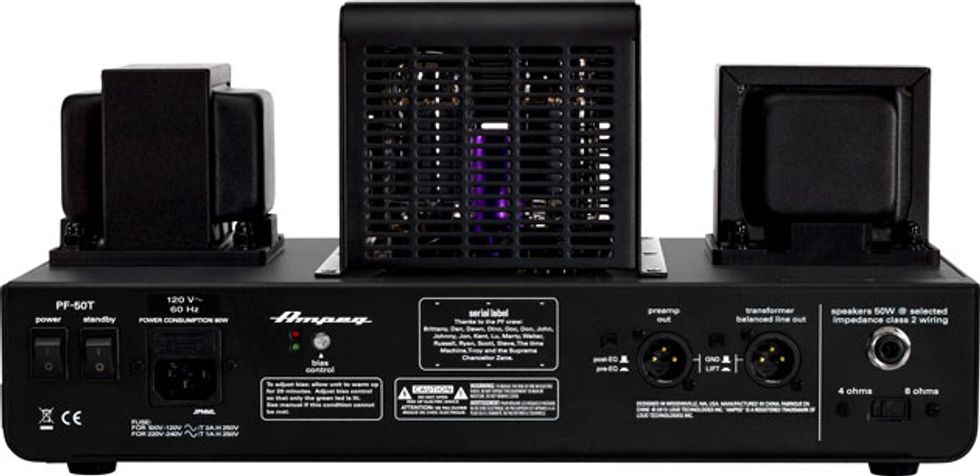 You can run both DIs at the same time—one clean and one dirty. You don’t have to have a splitter to lay down one clean take while you are using the amp to saturate tone. Whether you’d like to blend the signal or need to fix something later on the clean track, the option is there. Pretty killer.
You can run both DIs at the same time—one clean and one dirty. You don’t have to have a splitter to lay down one clean take while you are using the amp to saturate tone. Whether you’d like to blend the signal or need to fix something later on the clean track, the option is there. Pretty killer.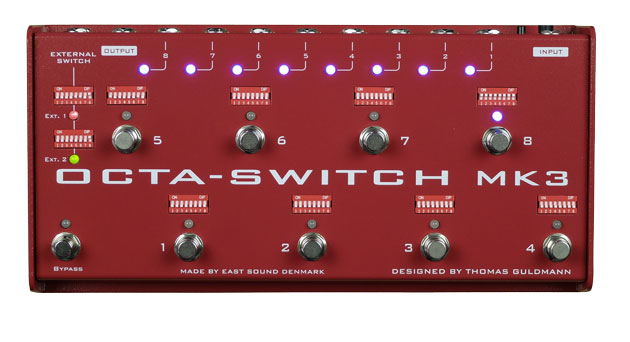 Although the Octa-Switch MK2 still feels fresh in our memory, Carl Martin recently released the MK3, a streamlined edition of the popular MK2. At a street price of around $427, it’s easily the most affordable switcher in our roundup.
Although the Octa-Switch MK2 still feels fresh in our memory, Carl Martin recently released the MK3, a streamlined edition of the popular MK2. At a street price of around $427, it’s easily the most affordable switcher in our roundup. MXR’s Eddie Van Halen signature phaser, flanger, and wah pedals made elements of Eddie’s tone available and affordable to the masses. But one of the most critical components in creating his “Brown Sound” is copious amp overdrive. If you don’t have a vintage Marshall Super Lead or an EVH amp (both expensive propositions), the right overdrive pedal is an effective shortcut. And the MOSFET-driven MXR 5150 Overdrive—which was designed by Bob Cedro with input from Mr. Van Halen himself—is a stab at harnessing Eddie’s hot-rodded, high-gain sounds in a pedal.
MXR’s Eddie Van Halen signature phaser, flanger, and wah pedals made elements of Eddie’s tone available and affordable to the masses. But one of the most critical components in creating his “Brown Sound” is copious amp overdrive. If you don’t have a vintage Marshall Super Lead or an EVH amp (both expensive propositions), the right overdrive pedal is an effective shortcut. And the MOSFET-driven MXR 5150 Overdrive—which was designed by Bob Cedro with input from Mr. Van Halen himself—is a stab at harnessing Eddie’s hot-rodded, high-gain sounds in a pedal.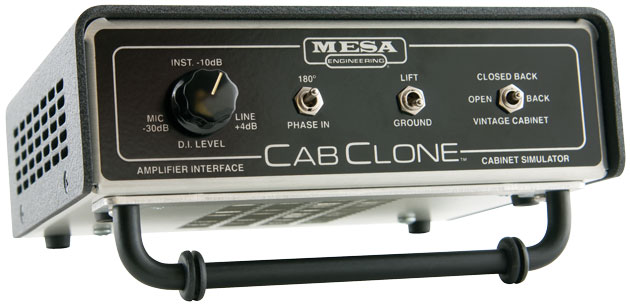
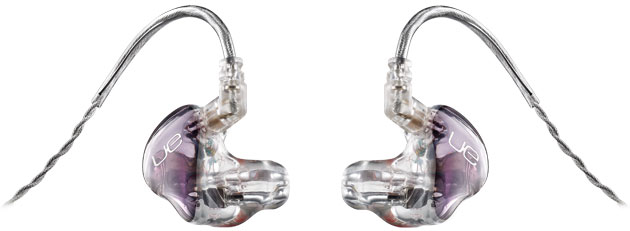
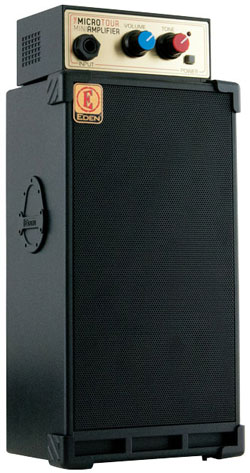
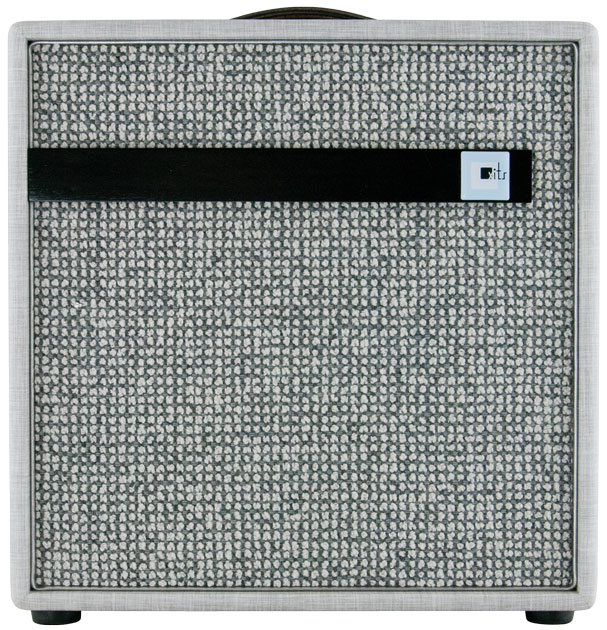
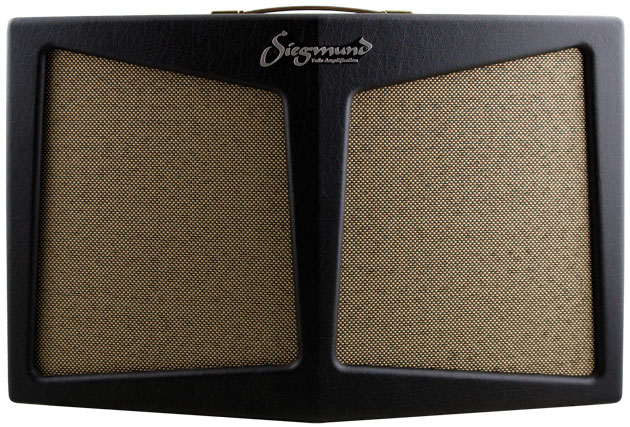 Gear reviewers tend to describe new amps in terms of old ones. We rely on stock phrases: “Vox-like chime,” “Blackface-style scoop,” “Marshall-like midrange.” That usually works out fine, because new amps also tend to rely on what’s come before. But comparisons aren’t so easy when confronted with an amp as unique, idiosyncratic, and just plain weird as Siegmund’s massive Doppler combo. I’ve never encountered anything like it, and I bet you haven’t either.
Gear reviewers tend to describe new amps in terms of old ones. We rely on stock phrases: “Vox-like chime,” “Blackface-style scoop,” “Marshall-like midrange.” That usually works out fine, because new amps also tend to rely on what’s come before. But comparisons aren’t so easy when confronted with an amp as unique, idiosyncratic, and just plain weird as Siegmund’s massive Doppler combo. I’ve never encountered anything like it, and I bet you haven’t either.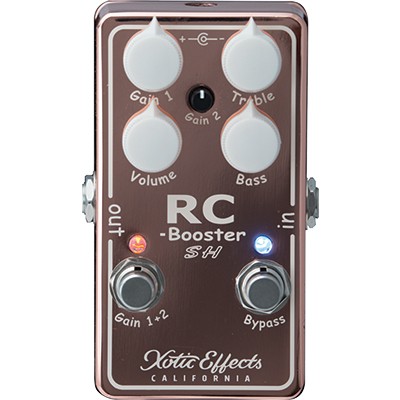
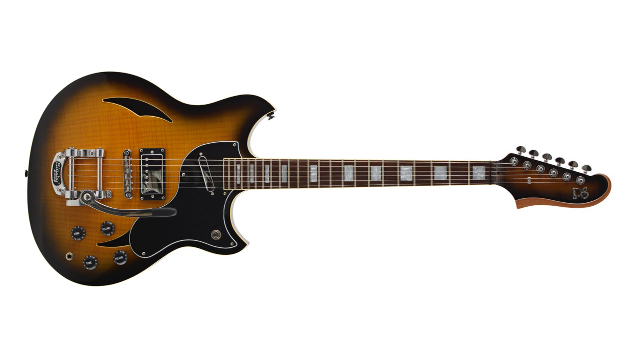 Sacrilegious as it may sound to some, not everyone loves the iconic, ubiquitous electric guitar designs of the 1950s. And while vintage guitars that subvert those norms look killer and cut through the visual clutter, they can also be quirky in less-desirable ways: feedback-prone pickups, neck relief like a ski jump, and non-existent tuning stability, to name a few.
Sacrilegious as it may sound to some, not everyone loves the iconic, ubiquitous electric guitar designs of the 1950s. And while vintage guitars that subvert those norms look killer and cut through the visual clutter, they can also be quirky in less-desirable ways: feedback-prone pickups, neck relief like a ski jump, and non-existent tuning stability, to name a few. The new AC10 Custom is a very different amp than the first Vox to bear that name. That AC10 was one of Vox’s very first amps—a more affordable, stripped down little brother to the AC15 that was then revolutionizing the English amplifier landscape.
The new AC10 Custom is a very different amp than the first Vox to bear that name. That AC10 was one of Vox’s very first amps—a more affordable, stripped down little brother to the AC15 that was then revolutionizing the English amplifier landscape.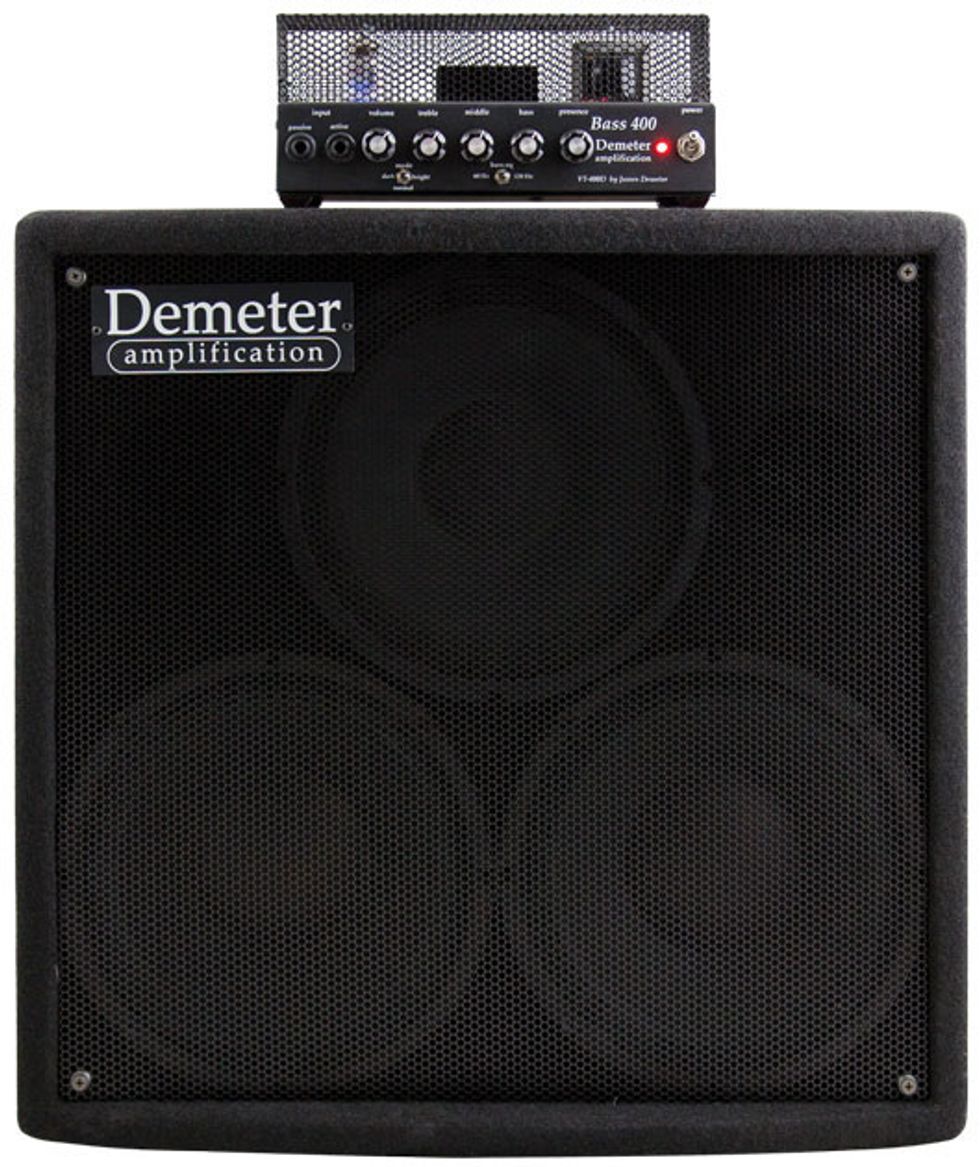 Electronics guru James Demeter has spent more than three decades producing amps and pedals that exemplify his no-frills approach to handcrafted analog gear. Based on his 800-watt VTBP-M-800D bass amp, the new Bass 400 is a petite 400-watt powerhouse that pairs Demeter’s early ’80s VTBP-201 tube preamp with a class-D power amplifier. The idea was to provide a smaller and more affordable alternative to Demeter’s flagship bass amp, with minimal tonal sacrifices.
Half-Power Howler
The Bass 400 comes in two aesthetic flavor options—a caged enclosure (which we received for our test unit) or a tolex-wrapped head. An exceptional handwiring job was revealed when I pulled the amp’s bottom panel off. The preamp’s circuit board looks decidedly old-school next to the modern and precise class-D power-amp board. The preamp’s board is populated with low-noise metal-film resistors and a ceramic socket for the 12AX7 tube. There’s also a little trimmer pot for matching the amp’s output volume with the sensitivity of your bass’ pickups.
Electronics guru James Demeter has spent more than three decades producing amps and pedals that exemplify his no-frills approach to handcrafted analog gear. Based on his 800-watt VTBP-M-800D bass amp, the new Bass 400 is a petite 400-watt powerhouse that pairs Demeter’s early ’80s VTBP-201 tube preamp with a class-D power amplifier. The idea was to provide a smaller and more affordable alternative to Demeter’s flagship bass amp, with minimal tonal sacrifices.
Half-Power Howler
The Bass 400 comes in two aesthetic flavor options—a caged enclosure (which we received for our test unit) or a tolex-wrapped head. An exceptional handwiring job was revealed when I pulled the amp’s bottom panel off. The preamp’s circuit board looks decidedly old-school next to the modern and precise class-D power-amp board. The preamp’s board is populated with low-noise metal-film resistors and a ceramic socket for the 12AX7 tube. There’s also a little trimmer pot for matching the amp’s output volume with the sensitivity of your bass’ pickups.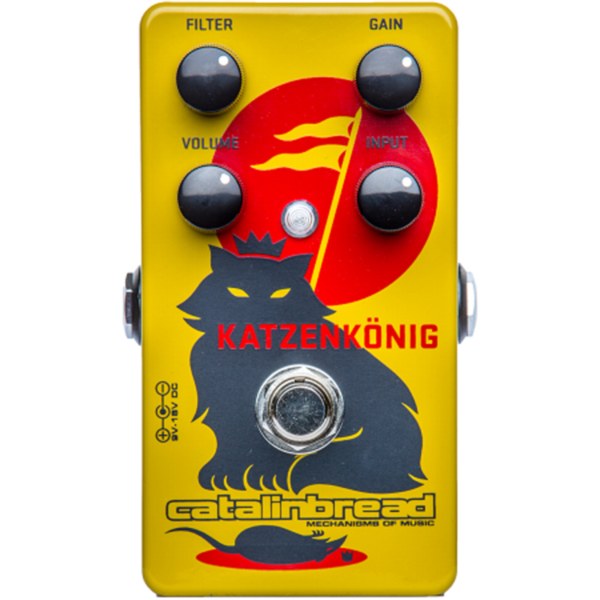
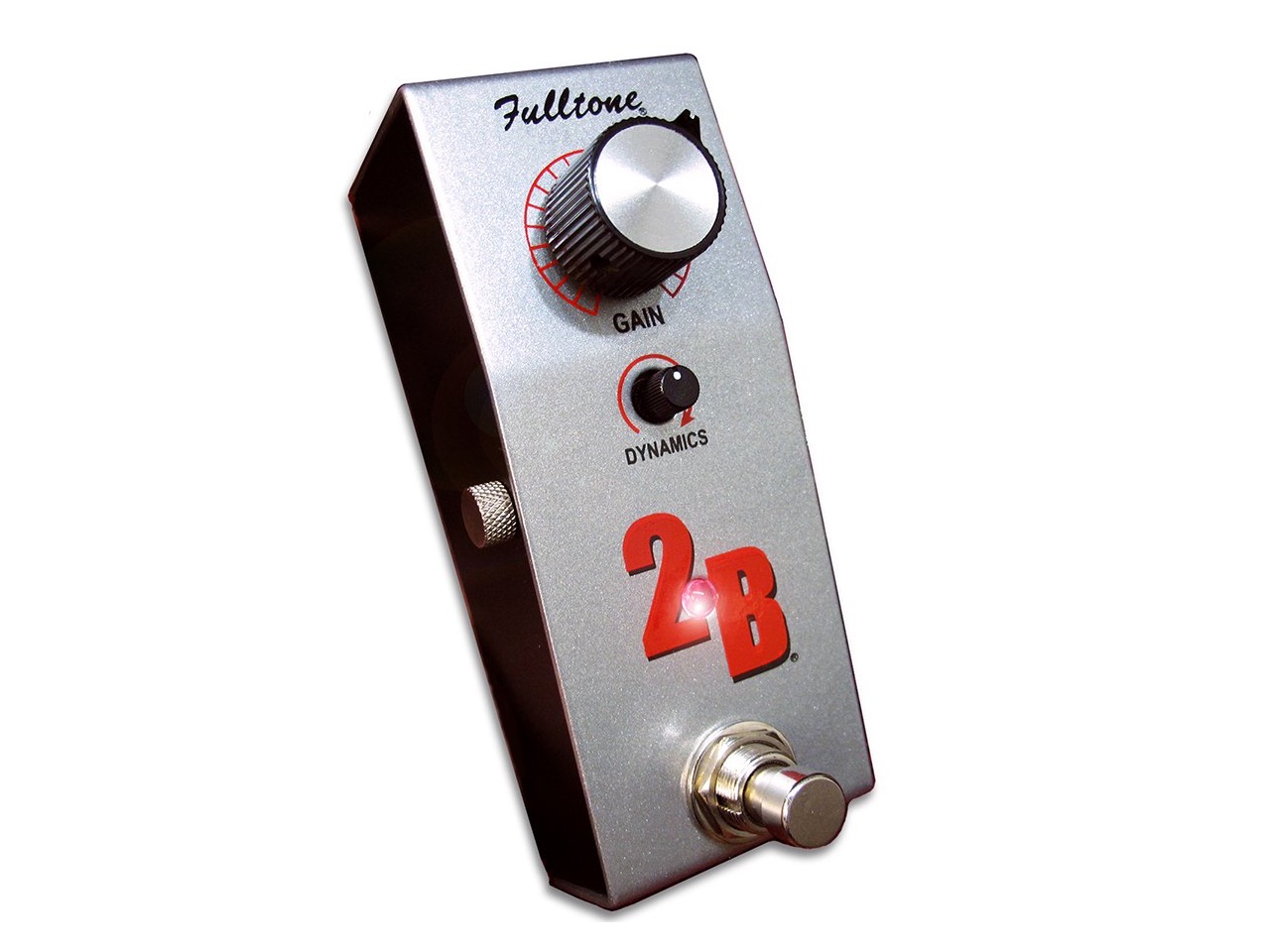

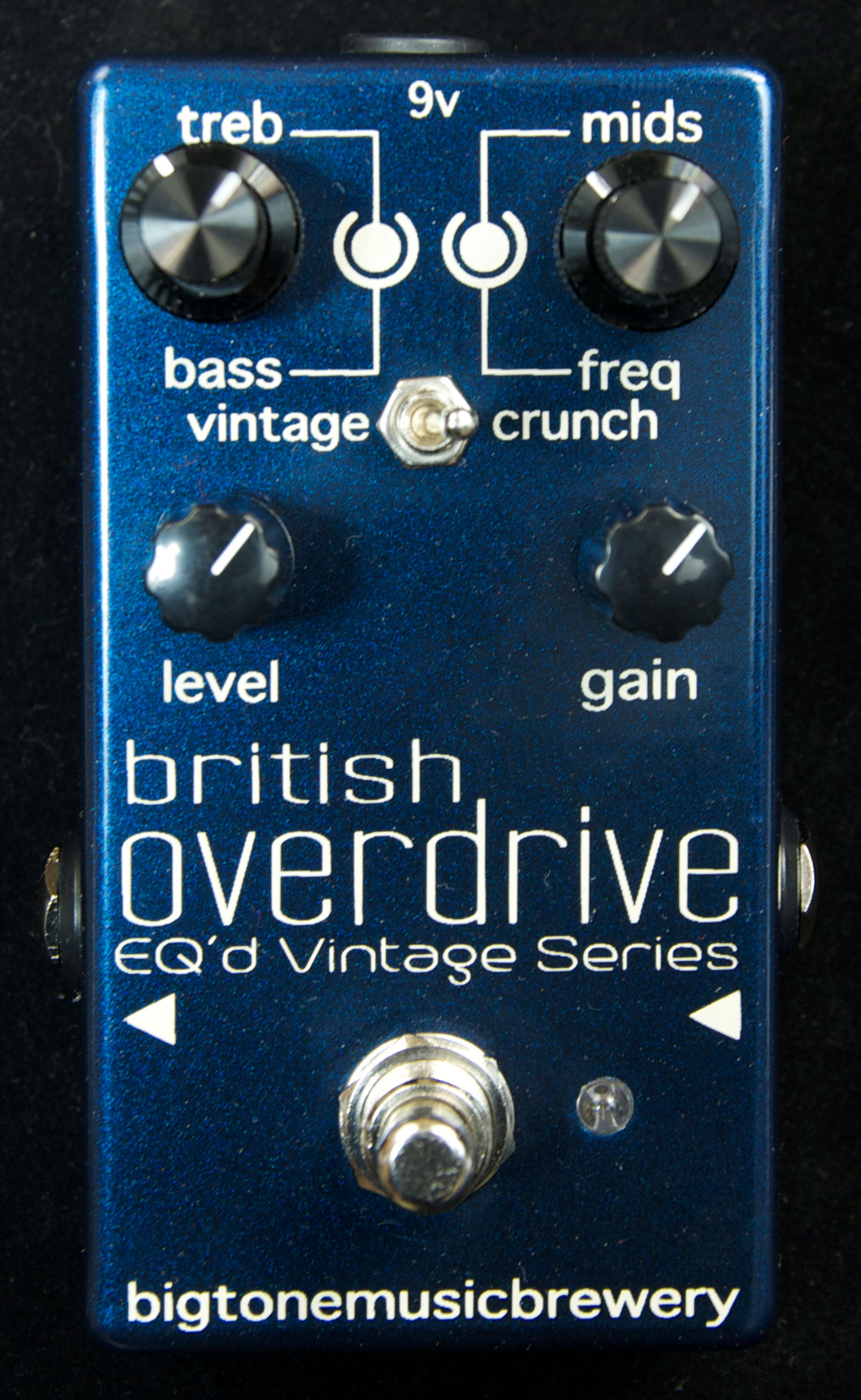 If you don’t yet know the Big Tone Music Brewery name, you probably know the people behind the company. It’s a sister of Build Your Own Clone (B.Y.O.C.), the little-stompbox-kit-company-that-could whose pedals often top best-alternative lists for everything from Big Muffs to Boss Vibratos.
If you don’t yet know the Big Tone Music Brewery name, you probably know the people behind the company. It’s a sister of Build Your Own Clone (B.Y.O.C.), the little-stompbox-kit-company-that-could whose pedals often top best-alternative lists for everything from Big Muffs to Boss Vibratos.